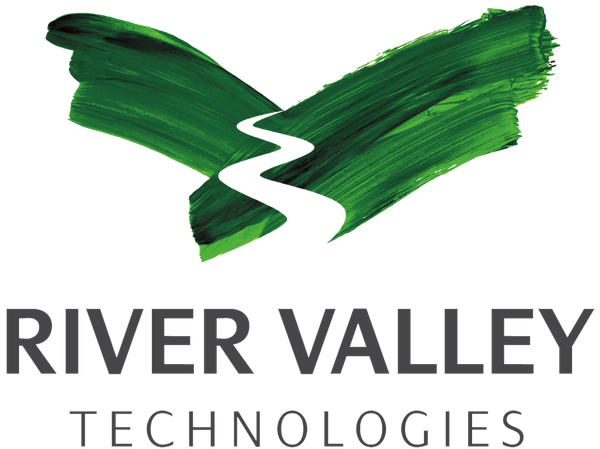Gabor’s first hologram was a display hologram (of sorts), and transmission display holograms were the first made following the invention of the laser. It was display holograms that inspired early artist and entrepreneur holographers, with some impressive, striking and still memorable early results. Yet no-one would deny that the subsequent history of display holography has been disappointing. For over two decades display holography has languished as the poor relation: surface-relief holograms have made the running in the commercial field, and institutional research in holography has focused on HOEs and data storage devices. Key players, such as Agfa and then Fuji, have pulled out and display holography courses have closed. Early aspirations and expectations for display holography as an artistic, promotional and illustrational medium have been disappointed. Similarly, the development of full-colour 3D holography progressed only in fits and starts, with early experiments in multi-exposure transmission holograms and pseudo-colour reflection holograms interesting to aficionados but not to illustrators or advertisers. Is this about to change? The last few years have seen renewed activity in the development of true-colour display holograms, both large format and small. Small specialist companies such as UHR, Rabbit Holes, Colour Holographic, Zebra and Geola have pushed forward with techniques for exposure of large format reflection holograms in true colour, while large companies such as Dai Nippon and Sony have made similar strides with small holograms. Once again display holograms catch attention – not just of aficionados but also of hard-nosed commercial clients and the public. But there are challenges still to overcome if display holography can fulfil the hopes and dreams of two generations of holographers. Price in large quantity is critical; so is consistency. And there is competition for the mantle of 3D visual medium from lenticular printing (which has also improved substantially), computerised display systems, projector screens (the best of which use HOEs) and telepresence systems (masquerading as holograms). The foundations of the techniques and technologies for large-scale full-colour display holograms are in place. Can these be built on in the next decade to bring display holography to the point which all its practitioners hope for? In this paper I will expand on the factors that will affect this future.



